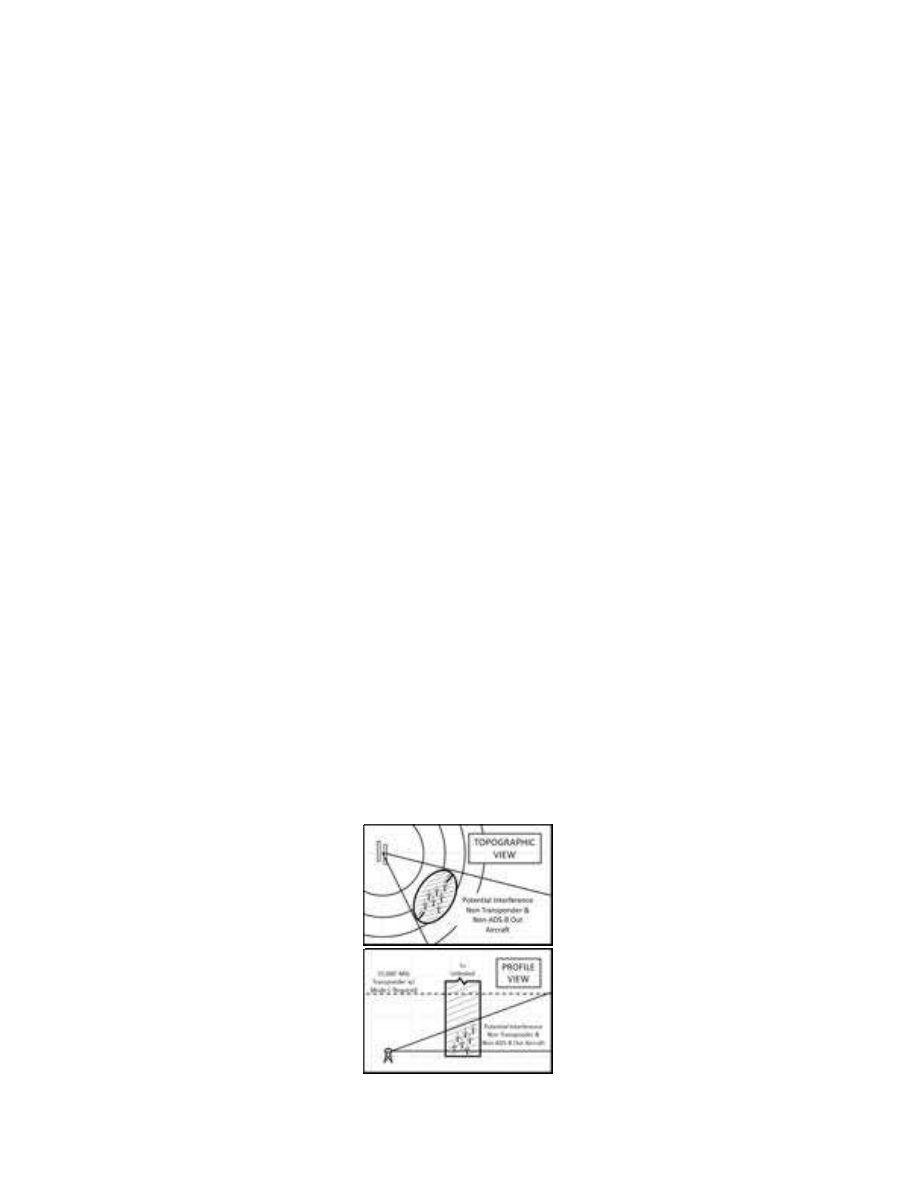
AIM
3/21/24
operations from movement areas and nonmovement areas within the airport boundary. In order for ATC to
properly apply these procedures, it is essential that pilots familiarize themselves with the local operations and
make it known to controllers when additional instructions are necessary.
2.
Insofar as possible, helicopter operations will be instructed to avoid the flow of fixed
−
wing aircraft to
minimize overall delays; however, there will be many situations where faster/larger helicopters may be
integrated with fixed
−
wing aircraft for the benefit of all concerned. Examples would include IFR flights,
avoidance of noise sensitive areas, or use of runways/taxiways to minimize the hazardous effects of rotor
downwash in congested areas.
3.
Because helicopter pilots are intimately familiar with the effects of rotor downwash, they are best
qualified to determine if a given operation can be conducted safely. Accordingly, the pilot has the final authority
with respect to the specific airspeed/altitude combinations. ATC clearances are in no way intended to place the
helicopter in a hazardous position. It is expected that pilots will advise ATC if a specific clearance will cause
undue hazards to persons or property.
b.
Controllers normally limit ATC ground service and instruction to
movement
areas; therefore, operations
from
nonmovement
areas are conducted at pilot discretion and should be based on local policies, procedures, or
letters of agreement. In order to maximize the flexibility of helicopter operations, it is necessary to rely heavily
on sound pilot judgment. For example, hazards such as debris, obstructions, vehicles, or personnel must be
recognized by the pilot, and action should be taken as necessary to avoid such hazards. Taxi, hover taxi, and air
taxi operations are considered to be ground movements. Helicopters conducting such operations are expected
to adhere to the same conditions, requirements, and practices as apply to other ground taxiing and ATC
procedures in the AIM.
1.
The phraseology
taxi
is used when it is intended or expected that the helicopter will taxi on the airport
surface, either via taxiways or other prescribed routes.
Taxi
is used primarily for helicopters equipped with
wheels or in response to a pilot request. Preference should be given to this procedure whenever it is necessary
to minimize effects of rotor downwash.
2.
Pilots may request a
hover taxi
when slow forward movement is desired or when it may be appropriate
to move very short distances. Pilots should avoid this procedure if rotor downwash is likely to cause damage to
parked aircraft or if blowing dust/snow could obscure visibility. If it is necessary to operate above 25 feet AGL
when hover taxiing, the pilot should initiate a request to ATC.
3.
Air taxi
is the preferred method for helicopter ground movements on airports provided ground operations
and conditions permit. Unless otherwise requested or instructed, pilots are expected to remain below 100 feet
AGL. However, if a higher than normal airspeed or altitude is desired, the request should be made prior to lift
−
off.
The pilot is solely responsible for selecting a safe airspeed for the altitude/operation being conducted. Use of
air
taxi
enables the pilot to proceed at an optimum airspeed/altitude, minimize downwash effect, conserve fuel, and
expedite movement from one point to another. Helicopters should avoid overflight of other aircraft, vehicles, and
personnel during air
−
taxi operations. Caution must be exercised concerning active runways and pilots must be
certain that air taxi instructions are understood. Special precautions may be necessary at unfamiliar airports or
airports with multiple/intersecting active runways. The taxi procedures given in paragraph 4
18, Taxiing,
19, Taxi During Low Visibility, and paragraph 4
21, Exiting the Runway After Landing, also
apply.
REFERENCE
−
Pilot/Controller Glossary Term
−
Taxi.
Pilot/Controller Glossary Term
−
Hover Taxi.
Pilot/Controller Glossary Term
−
Air Taxi.
c. Takeoff and Landing Procedures.
1.
Helicopter operations may be conducted from a runway, taxiway, portion of a landing strip, or any clear
area which could be used as a landing site such as the scene of an accident, a construction site, or the roof of a
building. The terms used to describe designated areas from which helicopters operate are: movement area,
landing/takeoff area, apron/ramp, heliport and helipad (See Pilot/Controller Glossary). These areas may be
4
−
3
−
22
Airport Operations